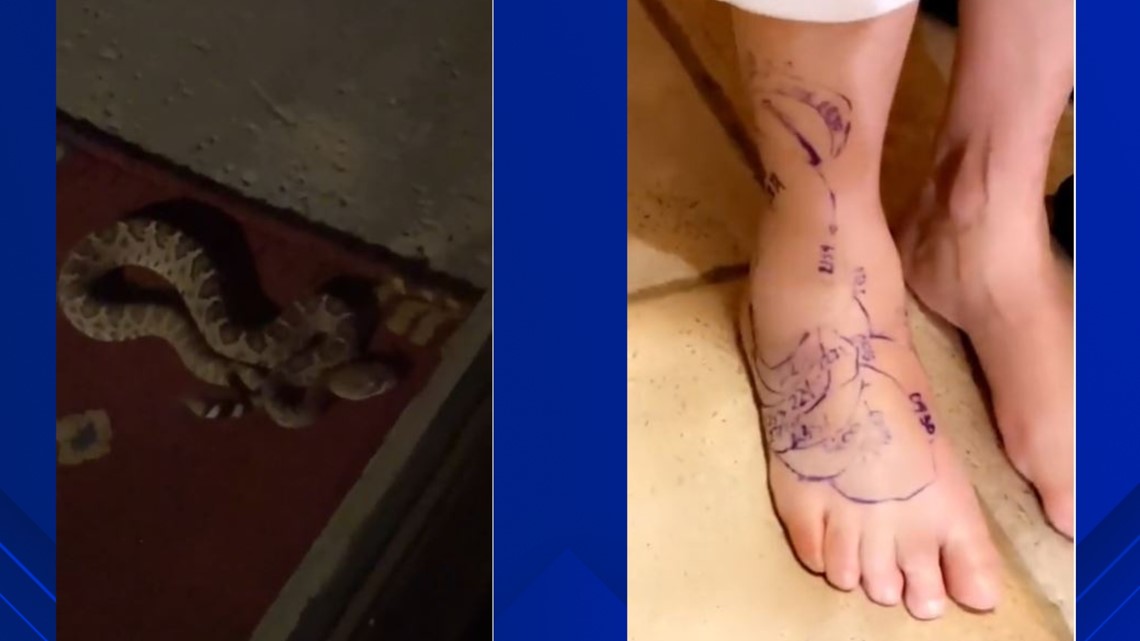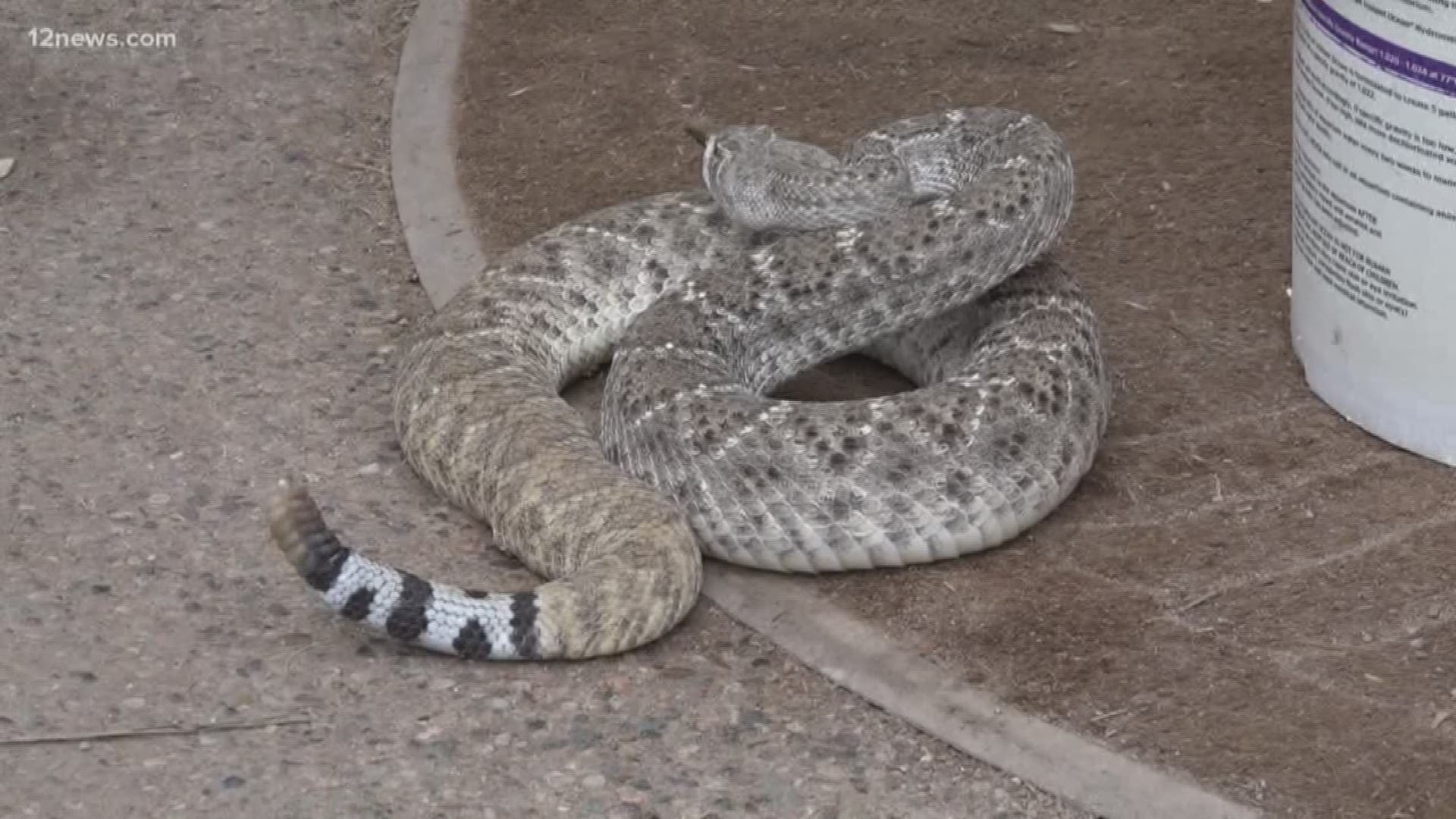TUCSON, Ariz. — Shirley Rimer got a shock a few days ago after a rattlesnake snapped at her ankle as she was stepping out the door of a Tucson residence.
The 73-year-old got another shock when she was told how much it might cost to treat the venomous wound. She was told by hospital staff that she received 10 vials of antivenom, each of which costs an estimated $2,600.
"That's shocking for a little bite," Rimer recently told 12News.
Though the Canadian resident has been visiting Arizona for the last 15 years, she's never before had to think much about rattlesnake bites or the medical costs they produce.
Rimer said she's accustomed to not having to worry about medical costs in Canada under the country's universal health care system. So she's hoping the coverage she has under traveler's insurance will cover most of the expenses for her recent hospital stay.
"I'm assuming it's a huge bill. I can't even imagine what it is," she added.
Other snakebite victims have reported getting hospital bills exceeding $240,000. The family of a 9-year-old girl bit by a snake at summer camp got their insurance provider to cover a $142,938 hospital bill.
The average cost for a hospital bill to treat a rattlesnake bite is over $100,000, according to Geoffrey Smelski, the education director of the Arizona Poison & Drug Information Center.


A major chunk of those costs stems from the antivenom needed to prevent the snake venom from damaging tissue or blood vessels.
The $2,600-per-vial price given to Rimer wasn't shocking to Smelksi, explaining that antivenom is quite expensive to manufacture and there's not much demand for it compared to other drugs since not many snakebites are reported each year.
An estimated 7,000 people in the U.S. are bitten by venomous snakes each year and about five of those cases result in a fatality, according to the Centers for Disease Control and Prevention.
To make antivenom, manufacturers must milk venom from living rattlesnakes and then inject that venom into host animals. Antibodies generated by the host animals then have to be extracted and purified.
"All of this takes several months to produce a single batch of antivenom, that will only be used in a handful of people," Smelski said.
The expenses and complexities attached to producing antivenom led to some manufacturers dramatically reducing the amount they produced by the end of the 20th century, according to a 2015 article published in the International Journal of Health Policy.
Furthermore, researchers claim there's long been a "knowledge gap" in snakebite research that's contributed to creating barriers to obtaining affordable antivenom all over the globe.
During her recent experience, Rimer said she felt left in the dark as hospital staff treated her rattlesnake bite. At first, she said she was told she needed three vials of antivenom, but then that number jumped to 10 vials.
Her overall hospital care for the snakebite felt pretty inadequate, Rimer said, so she's wishing her traveler's insurance won't leave her with any huge out-of-pocket expenses.
"I'm certainly hoping it will," she added.
Up to Speed
Catch up on the latest news and stories on our 12News YouTube playlist here.

